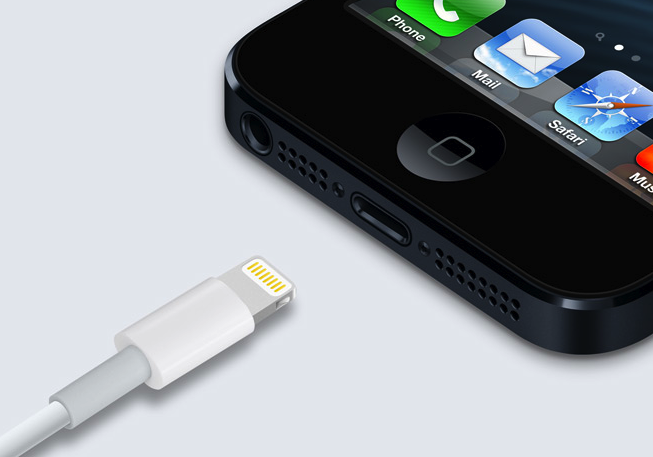Researchers make breakthrough in wireless charging technology
Cell phone towers could someday be used to charge wireless devices.

Scientists at the Australian National University (ANU) have made a breakthrough in powering wireless devices that could possibly lead to the end of replacement of batteries. As wireless sensors are often battery-powered, the study found these batteries could be charged with energy harvested from "solar or ambient radio frequency sources," such as cell phone stations.
"Current wireless sensors for buildings, biomedical applications or wildlife monitoring use batteries which are often difficult to replace. In a first, we have accurately modelled how much energy it takes to sense and transfer information by wireless sensors and are working on further ways to analyse the problem," says lead researcher for the study Dr Salman Durrani.
Given that communication delays are typically limited to less than a few hundred millisecond, the study shows sources such as communication towers or other mobile phone base stations can be used in the near future to charge these devices.
Wireless charging is not just limited to the telecom industry but has wider implications for the health as well as agricultural sectors.
"A major problem hindering the widespread deployment of wireless sensor networks is the need to periodically replace batteries. If we can use energy harvesting to solve the battery replacement problem for wireless sensors, we can implement long-lasting monitoring devices for health, agriculture, mining, wildlife and critical national infrastructure, which will improve the quality of life," says Durrani.
Although the application of this research is a few years away, the team feels it deals with an important practical problem. As more and more electronic device manufacturers like Apple explore avenues for wireless charging, the application of the findings of the study could bring down device costs to a great extent.
© Copyright IBTimes 2025. All rights reserved.





















